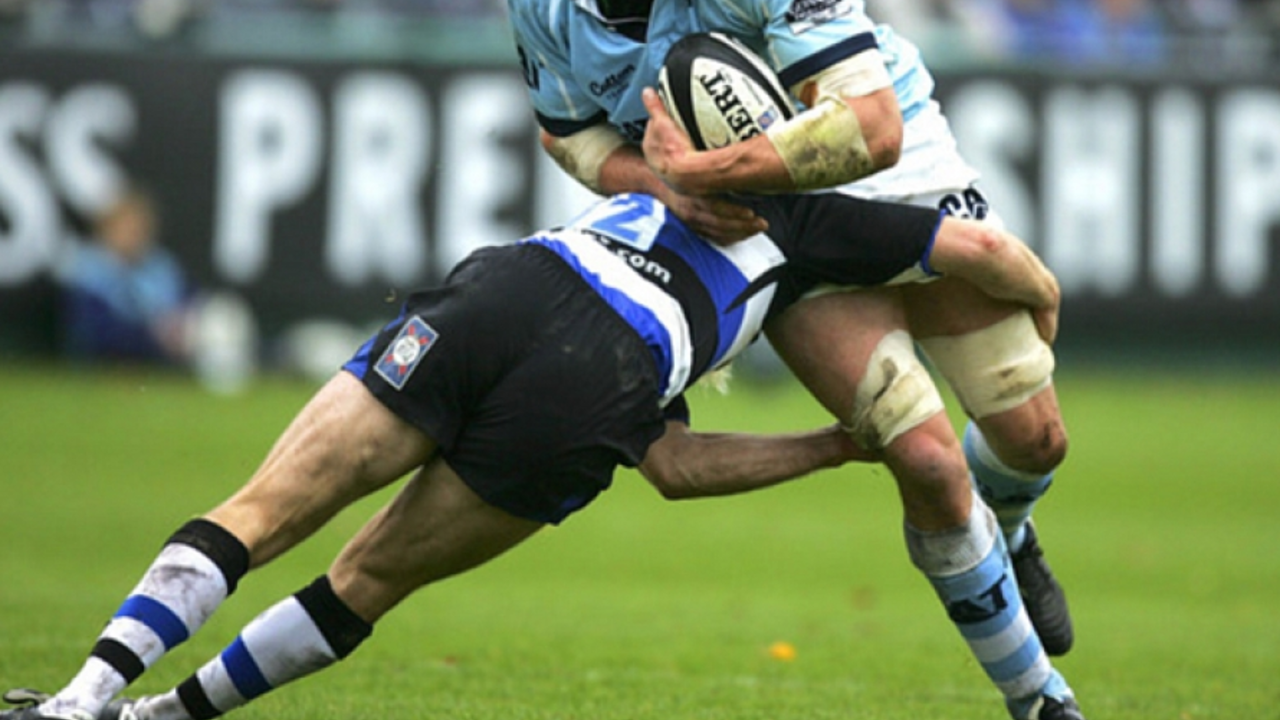Hey there, my sports fanatics! Let's dive into a quick yet fascinating lesson about the 40-20 rule in rugby league, shall we? In a nutshell, the 40-20 rule is like a secret weapon of the game! If a team, while inside their own 40-meter zone, kicks the ball into touch within the opponent's 20-meter zone, they get to keep possession! It's like a magic trick that turns the game on its head! Can you believe it? Just when you think you're backed against the wall, bam! You turn the tables with a well-placed kick! Keep that in mind next time you're watching or playing, it's a game-changer!
Understanding the 40-20 Rule in Rugby Union
If you watch a Linlithgow Rugby Club match and see a big kick that lands inside the opponent’s 20‑metre line, you’re probably looking at a 40‑20. It’s one of those law‑breakers that can flip possession in an instant, and it’s easier to use than many think.
How the 40-20 Works
Here’s the quick rundown: a player must kick the ball from anywhere behind their own 40‑metre line. The ball has to bounce inside the opposing 20‑metre line before it goes dead or is caught. If it does, the kicking team gets a lineout where the ball crossed the 20‑metre line. No scrums, no penalties – just a clean set‑piece for the attackers.
The key is the bounce. The ball must hit the ground inside the 20‑metre area first; an aerial catch straight from the kick won’t count. That’s why you’ll see players aim for a high, hanging kick that drops just before the 20‑metre line. Practice the timing and the angle and you’ll start to see your kicks land exactly where you want.
Why It Matters for Your Team
At Linlithgow Rugby Club we use the 40‑20 to turn defense into attack. When the opposition is deep in your half, a well‑placed 40‑20 gives you a lineout near their try line, putting pressure on a tired defence. It also forces the other team to keep their back three deeper, opening space for your backs to run in open play.
From a tactical point of view, the 40‑20 is a bargaining chip. Coaches will call it when they need a quick shift in momentum, or when they want to exploit a weak back‑field. Players who can consistently execute the kick become valuable assets – the opposition knows they have to stay disciplined, and that alone can open up gaps elsewhere.
Training the 40‑20 is all about repetition. Start with a stationary ball, kick from the 40‑metre line, and aim for a 10‑metre bounce inside the 20‑metre area. Once the feel is right, add movement: run out, step, and kick on the run. Record the sessions, compare the bounce points, and tweak the technique. Small adjustments in foot position or follow‑through can change a missed kick into a perfect 40‑20.
Remember, the rule only applies in open play. If the ball is taken from a lineout or a scrum, the 40‑20 can’t be used. Also, the ball must travel at least 10 metres forward; a short chip won’t qualify. Keep these limits in mind, and you’ll avoid costly penalties.
So next time you’re on the field with the Reds, ask yourself: could a 40‑20 give us a lineout in a better spot? If the answer is yes, practice the kick, trust the timing, and watch the game turn in your favour.
